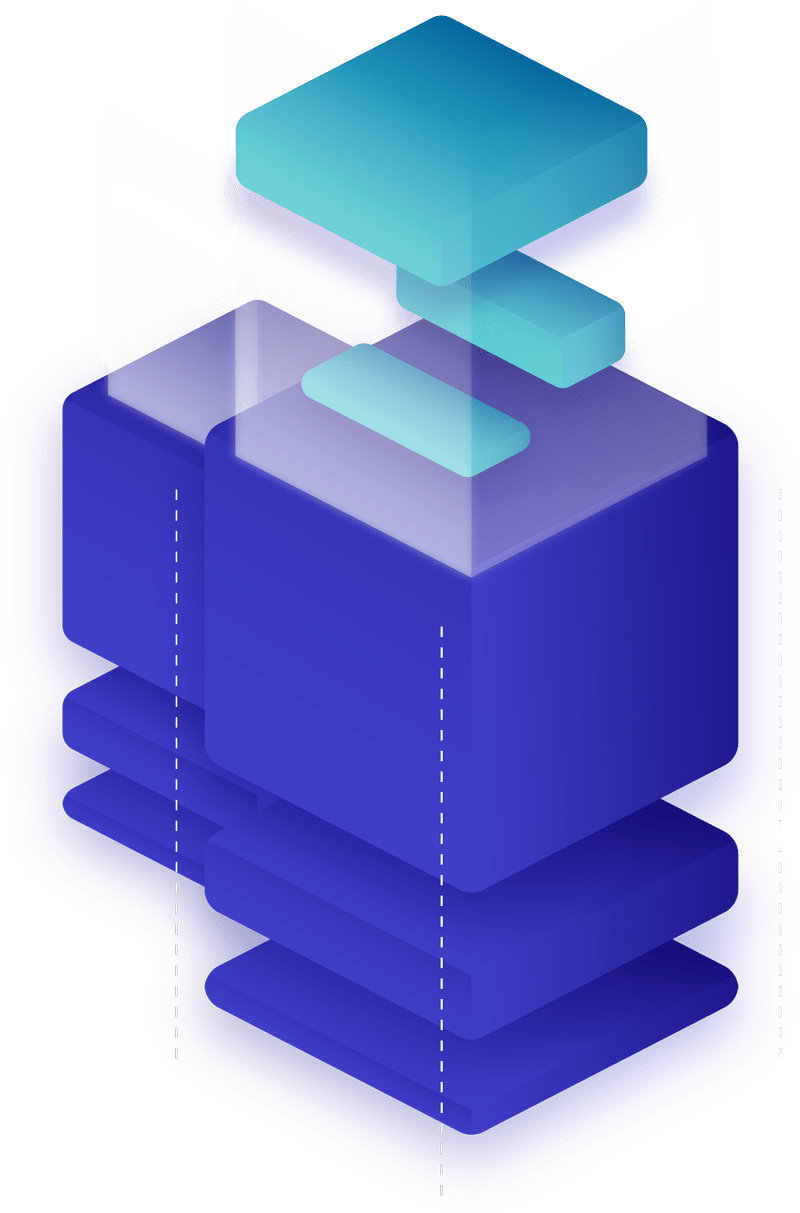Cardano ADA
Cardano (ADA) is a blockchain platform emphasizing security and sustainability, using a proof-of-stake protocol. It aims to provide more advanced features than its predecessors, focusing on scalability, interoperability, and regulatory compliance. ADA, its native token, powers the network and enables users to participate in governance and transactions.

Why Choose Cardano ADA?
Opting for Cardano (ADA) presents several compelling advantages, particularly for those valuing a research-driven and sustainability-focused approach to blockchain technology. Cardano distinguishes itself through its strong emphasis on peer-reviewed research and evidence-based methods, ensuring a high degree of security and scalability. This rigorous development process underpins its layered blockchain architecture, allowing for a flexible, sustainable, and scalable network. Moreover, Cardano’s proof-of-stake consensus mechanism, Ouroboros, is designed to be more energy-efficient than traditional proof-of-work systems, aligning with growing environmental concerns. The platform’s commitment to creating a more secure and transparent governance model, along with its potential for social and financial applications, particularly in developing regions, positions it as an innovative choice for users and developers seeking a more ethical and efficient blockchain ecosystem.
Scalable
Sustainable
Secure

How Does Cardano ADA Work?
Scalability
Security
Sustainability
Benefits of Cardano ADA
Cardano (ADA) stands out in the blockchain space due to its multifaceted benefits that encompass scalability, security, sustainability, and interoperability. One of its primary advantages is scalability, achieved through a unique layered architecture that separates the settlement layer from the computation layer. This design enhances network efficiency, making it more capable of handling a growing number of transactions and smart contracts. Cardano’s commitment to security is another key benefit, with the platform being developed using a formal method approach, which involves mathematical proofs and rigorous testing to ensure robustness against vulnerabilities.
Sustainability is a core principle of Cardano’s philosophy, with its blockchain designed to be environmentally friendly and energy-efficient. The proof-of-stake (PoS) consensus mechanism, known as Ouroboros, minimizes the energy consumption associated with traditional proof-of-work (PoW) systems,
making Cardano an eco-conscious choice in the crypto space. Furthermore, Cardano places a strong emphasis on interoperability, aiming to bridge the gap between different blockchains and legacy financial systems, thereby facilitating seamless asset transfer and integration.
Additionally, Cardano boasts a growing ecosystem of decentralized applications (dApps) and projects that leverage its blockchain infrastructure. These dApps span various industries, including finance, healthcare, and supply chain management, showcasing the platform’s versatility. With ongoing research and development, a committed community, and partnerships with governments and institutions worldwide, Cardano’s potential for long-term growth and adoption continues to expand, making it an attractive choice for investors and developers seeking a blockchain with a promising future.
Introduction to Cardano ADA
Introduction to Cardano (ADA):
Cardano is a blockchain platform and cryptocurrency that was launched in 2017 by a team of engineers and academics. It was founded with a strong emphasis on research, peer-reviewed development, and the application of formal methods for enhanced security and scalability. Cardano is often referred to as a third-generation blockchain, aiming to address the limitations of earlier platforms like Bitcoin and Ethereum.
How Cardano Works:
Cardano operates on a layered architecture consisting of two main layers: the Cardano Settlement Layer (CSL) and the Cardano Computation Layer (CCL). Here’s a closer look at how Cardano works:
- Cardano Settlement Layer (CSL):
- The CSL serves as the base layer of Cardano and is responsible for handling ADA transactions and value transfers.
- It employs a proof-of-stake (PoS) consensus mechanism known as Ouroboros, which ensures network security and transaction validation. ADA holders can participate in staking to secure the network and earn rewards.
- Ouroboros is designed to be energy-efficient, making Cardano more environmentally friendly compared to proof-of-work (PoW) blockchains like Bitcoin.
- Cardano Computation Layer (CCL):
- The CCL is the layer where smart contracts and decentralized applications (dApps) are executed.
- To enhance security and reliability, Cardano’s smart contracts are developed using formal methods, which involve mathematical proofs and rigorous testing to ensure their correctness.
- Cardano supports multiple programming languages for smart contract development, providing flexibility for developers.
- Interoperability:
- Cardano is designed for interoperability, allowing it to communicate with other blockchains and legacy financial systems. This feature is essential for facilitating cross-chain asset transfers and integrating with existing infrastructure.
- Treasury System:
- Cardano features a treasury system that allows the community to propose and vote on development projects. A portion of ADA transaction fees is allocated to fund these projects, ensuring ongoing platform improvement and innovation.
Benefits of Cardano (ADA):
Cardano offers several key benefits that set it apart from other blockchain platforms:
- Scalability: Cardano’s layered architecture separates transaction processing from smart contract execution, improving scalability. The use of PoS consensus also enhances the network’s capacity to handle a growing number of transactions and dApps.
- Security: Cardano places a strong emphasis on security through formal methods, mathematical proofs, and meticulous testing of smart contracts. This approach minimizes the risk of vulnerabilities and enhances the reliability of the platform.
- Sustainability: Cardano’s PoS consensus mechanism (Ouroboros) is energy-efficient and environmentally friendly, in contrast to energy-intensive PoW blockchains. This sustainability aligns with growing environmental concerns in the cryptocurrency space.
- Interoperability: The ability to connect with other blockchains and legacy systems makes Cardano a valuable bridge for cross-chain asset transfers and integration with traditional financial infrastructure.
- Community Governance: Cardano’s treasury system empowers the community to propose and vote on development projects, ensuring a decentralized and participatory approach to platform improvement.
Upside Potential of Cardano (ADA):
Cardano’s unique features and approach position it for significant upside potential in the blockchain and cryptocurrency space:
- Smart Contracts and dApps: With the Alonzo upgrade, Cardano has introduced support for smart contracts and decentralized applications (dApps). This opens the door to a wide range of use cases, including DeFi (Decentralized Finance), NFTs (Non-Fungible Tokens), supply chain management, and more. As developers explore these possibilities, Cardano’s ecosystem is poised for growth.
- Sustainability and Environmental Concerns: Cardano’s commitment to environmental sustainability could attract users and investors concerned about the carbon footprint of traditional PoW blockchains. As environmental awareness grows, Cardano’s energy-efficient approach may drive adoption.
- Governance and Community Involvement: The treasury system and community governance model foster active participation and decision-making within the Cardano ecosystem. This decentralized approach aligns with the broader principles of blockchain technology and may contribute to Cardano’s long-term success.
- Interoperability and Cross-Chain Integration: Cardano’s ability to bridge different blockchains and legacy systems positions it as a valuable interoperability solution. As the blockchain space continues to evolve, Cardano’s role as a connector between various ecosystems could become increasingly important.
- Partnerships and Adoption: Cardano has formed partnerships with governments and institutions in several countries, particularly in Africa. These collaborations aim to use blockchain technology to address real-world challenges, such as identity verification and supply chain tracking. Successful implementations in these regions could lead to broader adoption.
- Ongoing Research and Development: Cardano’s commitment to research-driven development ensures that it remains at the forefront of blockchain innovation. As new advancements are incorporated into the platform, Cardano may continue to set industry standards.
In conclusion, Cardano (ADA) distinguishes itself through its emphasis on research, formal methods, scalability, security, sustainability, and community governance. These features, along with its recent introduction of smart contracts, position Cardano for substantial upside potential. As the ecosystem continues to grow and mature, Cardano may play a pivotal role in shaping the future of blockchain technology and decentralized applications, making it an attractive choice for investors and developers alike.
